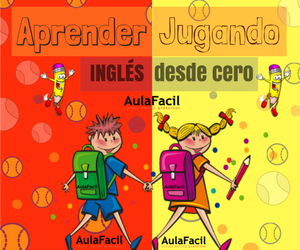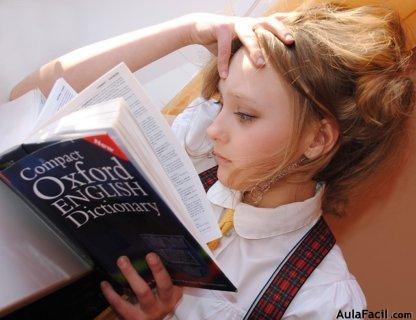Grammar: Joining Sentences and Relative Clauses
Joining Sentences and Relative Clauses
We use a relative clause when we want to add information to a sentence.
- The glass (in the cupboard) is heavy
- The glass that is in the cupboard is heavy
1. "Who": we use in a relative clause when we are talking about people (NOT things).
- The man who we saw yesterday is a Doctor
- The people who sent us the email are American
We can also use "that" instead of "who". The man that we saw yesterday is a Doctor
2. "That" and "Which": we use when we are talking about things (NOT people). They are interchangeable.
- I don't like sweets that (which) have soft centre
- The fan that (which) was in my bedroom has broken
3. "Whom": We use with formal writing. It is uncommon in informal writing and in conversation. We use it when we are talking about people.
- The person to whom you spoke was?
- The man from whom you received the letter?
Remember:
Who - people
That - people or things
Which - things
Whom - people (formal)
Defining and Non defining relative clauses
1. Defining: identify which person or thing is meant. Notice the lack of commas.
- The architect who designed this building does not live here
- We couldn't find the restaurant that we were looking for
2. Non-defining: give extra information. They are often used to join sentences and are more common in writing than in speech. "That" is not used in these sentences. Notice the use of commas.
- James, who is a 26 year old man, lives in London
- El Pais, which is a Spanish newspaper, sells hundred of thousands of copies daily.

